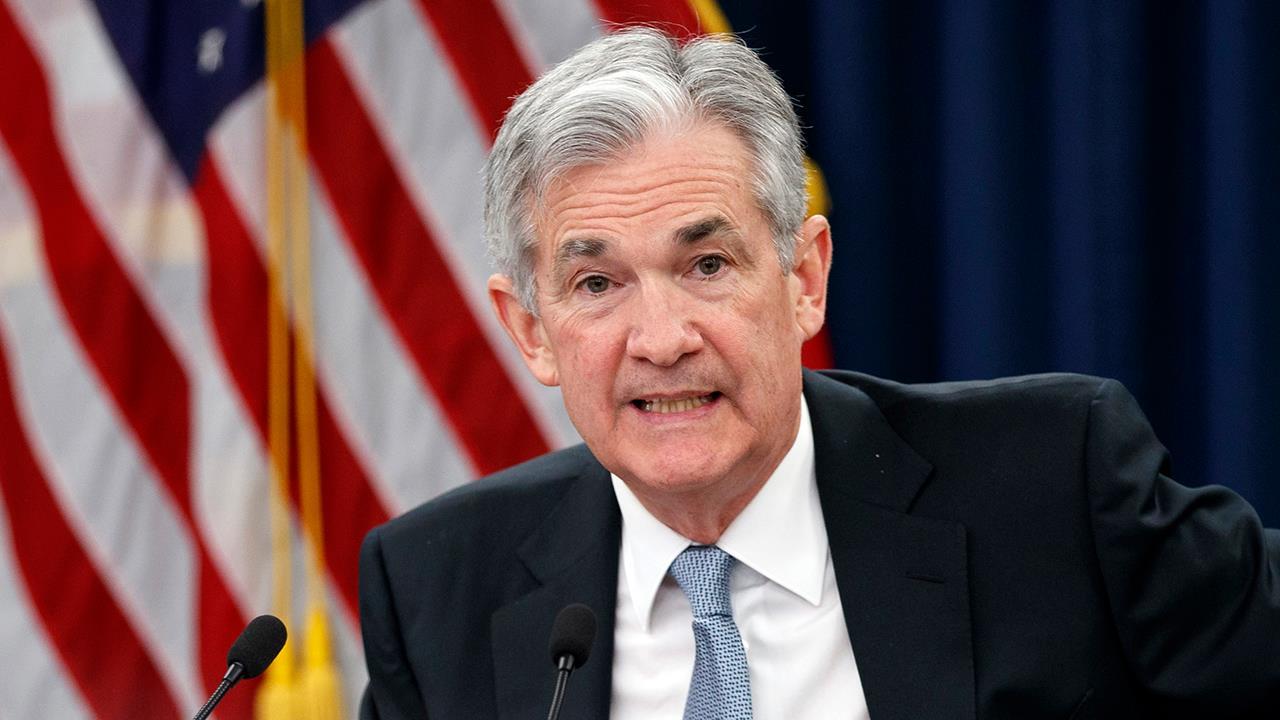Mortgage rates near 2018 highs as Fed hikes interest rates
Mortgage rates rose to their second-highest level this year on Thursday, on the heels of the Federal Reserve’s decision to raise its benchmark interest rate.
Freddie Mac said on Thursday the 30-year fixed mortgage rate climbed eight-basis points to 4.62% over the past week. A year ago, the rate was 3.91%.
The 15-year fixed mortgage rate also inched up to 4.07%.
On Wednesday, the Federal Reserve announced it would hike the benchmark interest rate by a quarter percentage point, bringing the Fed funds rate within the 1.75% to 2% range. The central bank said it expected to increase rates two additional times in 2018 as it continued on the path toward policy normalization.
Some experts are worried rising interest rates could put pressure on homebuyers in a market where prices are already high.
“Homebuyers are already being challenged because of the rising home prices – much faster than income growth – but the added push of interest rate growth is a double-whammy for consumers,” Lawrence Yun, chief economist and senior vice president of research at the National Association of Realtors (NAR), told FOX Business. “It’s not good news for consumers.”
The NAR said home prices rose in April, marking their 74th month of consecutive year-over-year gains. The median home price was $257,900 in April, up more than 5% from the year prior.
While Freddie Mac noted that the impact of this cycle’s interest rate hikes could be more muted than what consumers have experienced in the past, its chief economist, Sam Khater, did address sluggish wage growth as a concern.
“Although wages are slowly growing, stronger gains would certainly go a long way in helping consumers offset these increases in prices and rates,” Khater said in a statement.
When asked about a noticeable lack of wage growth in an economy that is strengthening overall, Federal Reserve Chair Jerome Powell on Wednesday called the situation “a bit of a puzzle.”
Average hourly earnings for all employees rose just 0.1%, to $10.75, from April to May, according to the Bureau of Labor Statistics. Year-over-year, average hourly earnings were unchanged. This is despite the fact that unemployment has dropped to 3.8% and many industries are struggling to find qualified workers to fill open positions.
The Fed has continued to partially attribute a lack of growth in wages to low productivity.




















